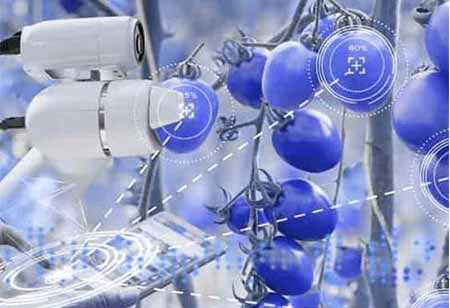Thank you for Subscribing to Agri Business Review Weekly Brief
The Importance of Vertical Indoor Farming
Vertical Indoor Farming (VIF) is a catalyst for more sustainable food production.

By
Agri Business Review | Thursday, June 09, 2022
Stay ahead of the industry with exclusive feature stories on the top companies, expert insights and the latest news delivered straight to your inbox. Subscribe today.
Vertical Indoor Farming production sites can be located near urban areas, lowering transportation emissions and reducing supply chain hazards.
Fremont, CA: Vertical Indoor Farming (VIF) is a catalyst for more sustainable food production. Food is produced three times faster using VIF systems than using traditional farming methods. Depending on the crop, a vertically farmed acre can generate the equivalent of four to six soil-based acres, reducing pressure on arable land. These savings, when added together, might boost environmental stewardship and help the UN achieve several of its sustainable development goals. VIF produce can also improve the consumer experience by giving flavor, more nutrients, and a longer shelf life, reducing food waste while satisfying the demand for more ecologically responsible consumption.
Check Out This : Utilities Business Review
Bringing the entire Agtech stack together in one place
While VIF has a lot of room for expansion, it also has a lot of obstacles to overcome. With various technologies employed across diverse elements of the farming process that no one owns, connects, or leads, the gap between pain spots and technology solutions is wide. VIF requires a single language and end-to-end solutions to enable system integration. To harmonize VIF practices and prepare the sector to fulfill demand and capitalize on growth prospects, organizations must engage in three crucial areas: technology and innovation, crop diversification, and supply chain coordination.
Technology and innovation come hand in hand
Data analytics, artificial intelligence, robots, and machine learning all have the potential to boost productivity and profits. Digital technology is used to discover a plant's optimal micro-needs, such as water, food, light requirements, disease resistance, and production, by measuring, calculating, and deconstructing them. Farmers can utilize this data to optimize production and ensure that the exact yield is achieved. Automation and robotics can also help indoor agricultural methods become more precise while reducing the demand for human labor.
Varieties of crops
Only a small percentage of seeds have been engineered to grow inside nowadays. Leafy greens, herbs, and flowering plants have been employed to demonstrate VIF advancements for the most part. More crops, such as fruit and root, pod and seed vegetables, can now be added. However, more significant investment in crop seed breeding and growth technologies is required. Crop science firms can use seed genetics to target aspects like taste, flavor, texture, yield, and nutritional value.
Collaboration in the supply chain and the broader ecosystem
More transparency and shared learning will be enabled by greater cooperation between disparate but connected supply chain nodes, such as seed breeders, technology companies, utilities, farms, distributors, grocers, and the end consumer. It will lead to a more resilient supply chain optimized from end to end.





